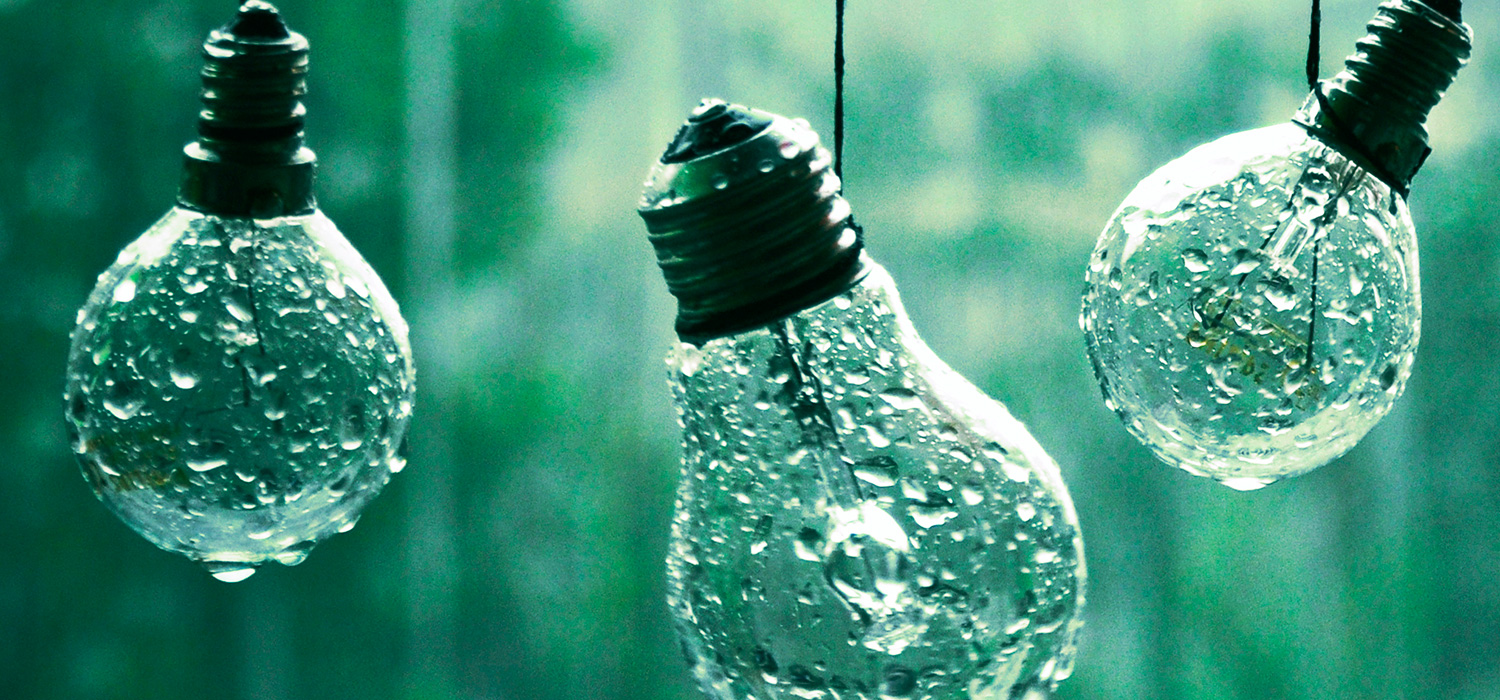When undertaking any electrical installation, it is essential to know the environmental conditions of the where the different LED luminaires are going to be installed. Each environment has its particular characteristics, such as temperature, humidity, exposure to wind or the possibility of rain, so a product must have a different degree of IP protection against external agents.
In the following guide on IP protection factors, we will expand on the meaning of its nomenclature and classify products according to its rating, let’s get started!
What does IP mean?
In the diagram you can see the meaning of each digit that accompanies the acronym IP, which corresponds to the words “Ingress Protection”. This degree of protection is regulated under the IEC 60529 international standard, which is used in most countries around the world. It is mandatory for products to have the IP degree of protection indicated, so that one can know whether a light bulb, lamp or high bay is suitable for installation in a given environment.
There is a third digit that corresponds to the IP degree of protection against impact, but it is limited to some countries such as France. This data is regulated under the UTE C20 010 standard, and displays the different forces, masses and distances at which a product can be impacted reflected on a scale from 1 to 9.
Lets consider how to interpret the data on the IP degree of protection of a product:
Let’s use an industrial LED high bay, which ensures an IP65 protection factor as an example.
The first digit “6” means that the high bay is fully protected against dust and other external agents such as insects.
The second digit “5” ensures the protection of the product against water jets, regardless of the angle from which they come.
This way we know that the high bay is suitable for indoor installations in factories, workshops or warehouses without worrying about dust and dirt that may be generated by daily activity, or possible leaks or water splashes. In fact, it can even be used outdoors.
What degree of IP protection do I need?
Now that we know how to interpret the code indicating the degree of IP protection, let’s look at the table showing the different degrees of protection:
First digit. Protection against solids
| Level of protection against solids | Protection against |
|---|---|
| 0 | Unprotected |
| 1 | Objects with a diameter greater than 50mm |
| 2 | Objects with a diameter greater than 12.5mm |
| 3 | Objects with a diameter greater than 2.5mm |
| 4 | Objects with a diameter greater than 1mm |
| 5 | Protection against dust |
| 6 | Complete protection against dust |
Second digit. Protection against liquids
| Level of protection against liquids | Protection against |
|---|---|
| 0 | Unprotected |
| 1 | Water dripping from a height of 200 mm with respect to the equipment for 10 minutes (at a rate of 3-5 mm³ per minute) |
| 2 | Water dripping for 10 minutes (at a rate of 3-5 mm³ per minute). Four tests, one for each 15° turn both vertically and horizontally, each time starting from the normal working position |
| 3 | Water sprayed at an angle of up to 60° to the right and left of the vertical at an average of 11 litres per minute and at a pressure of 80-100 kN/m² for at least 5 minutes |
| 4 | Water jets at an average of 10 litres per minute, a pressure of 80-100 kN/m² for at least 5 minutes |
| 5 | Water jets from a 6.3 mm diameter nozzle, at an average of 12.5 litres per minute, pressure of 30 kN/m² for at least 3 minutes and at a distance of 3 meters or more |
| 6 | Very powerful water jets. Water is jetted through a 12.5 mm diameter nozzle at a rate of 100 litres per minute, at a pressure of 100 kN/m² for at least 3 minutes and at a distance of 3 meters or more |
| 7 | Full immersion in water 1 meter deep for 30 minutes |
| 8 | Complete and continuous immersion in water at the depth and for the time specified by the manufacturer, provided conditions are harsher than for value 7 |
| 9K | Short range jets (14-16 l/minute at 0.1-0.15 m) at high pressure (8000-10000 kPa / 80-100 Bar) and high temperature (80 °C). This protection level is defined in the German standard DIN 40050-9, and not in the ICE 60529 |
Additional letters
En algunos casos podemos ver letras que acompañan a los valores IP. Estas se emplean para añadir información extra sobre el dispositivo y su nivel de protección.
- D: Cable
- f: Against oil
- H: High voltage device
- M: Device in motion during testing
- S: Immobile device during testing
- W: Climatic conditions
Summary chart on IP protection ratings
| Solid protection table | Levels | Liquid protection table | ||
|---|---|---|---|---|
 | Unprotected | 0 | Unprotected |  |
 | Protection against objects with a diameter larger than 50mm | 1 | Vertical drip protection |  |
 | Protection against objects with a diameter larger than 12mm | 2 | Drip protection with an inclination of 15°. |  |
 | Protection against objects with a diameter larger than 2,5mm | 3 | Spray protection |  |
 | Protection against objects with a diameter larger than 1mm | 4 | Splash protection |  |
 | Protection against dust | 5 | Protection against water splashes |  |
 | Completely dustproof | 6 | Protection against continuous water jets |  |
| 7 | Protection against temporary immersion |  | ||
| 8 | Protection against permanent immersion |  | ||
With this chart at hand, choosing the product required can be done according to the location of installation.
Most common IP protection ratings
The typical scope of the most common IP protection types are explained below.
IP20
Starting with a product with an IP20 protection factor, like a light bulb. It does not need a high protection as it is intended for indoor installation. Therefore, it will not be exposed to external agents that are dangerous for its internal components. Furthermore, if it is used outdoors, the luminaire where it is installed must provide the necessary protection.
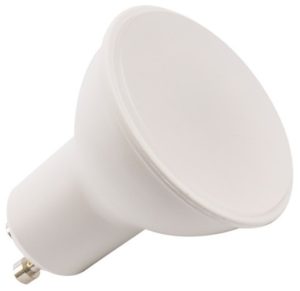
IP44
For medium term protection, opt for an element with an IP44 degree, which guarantees a good protection against solids and liquids. It is very common in bathroom lighting elements. Elements with a somewhat higher factor such as IP54 can be used in most outdoor spaces without too much problem.
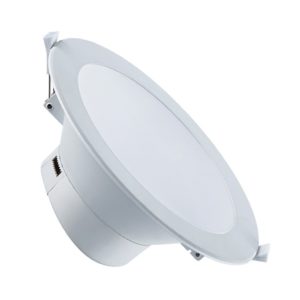
IP65 & IP66
It is recommended for most outdoor products such as LED floodlights. IP65 and IP66 protection ensures complete protection against solids such as dust and rain.
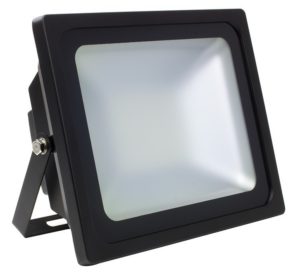
IP67 & IP68
Lastly, products with maximum protection. Both IP67 and IP68 devices can withstand complete immersion in water. In the first case (IP67) they must withstand submersion to a depth of one meter for half an hour without water ingress. In the second case (IP68), it is the manufacturer who will indicate the time, but always in more severe conditions than in the previous case.
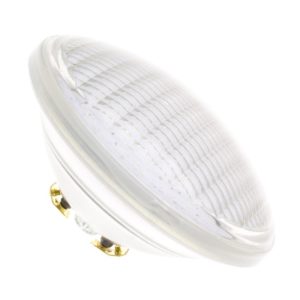
DIN 40050-9 – IP69K standard
As mentioned above, the IP69K protection level does not belong to the international standard IEC 60529, it is developed under DIN 40050-9. This arises from the need to qualify electrical or electronic equipment, mainly in road vehicles, which operate under conditions of high temperature and pressure and must also withstand washing with water and industrial cleaners.
As indicated on the previous chart, during the testing process of the standard, the element in question is subjected to water jets with a flow rate of between 14 and 16 litres per minute, at a temperature of 80°C, at a pressure of between 8 and 10 Mpa, at a distance of between 10 and 15 cm.
This test is performed from different positions with respect to the horizontal: 0°, 30°, 60° and 90°, for at least 12 seconds in each position. During the test the object remains rotating on its axis at about 5 rpm.
We hope you liked our guide and that it will help you to choose your products. At Ledkia we have a customer service department that will answer any questions about the specifications of our products.

